It’s not hard to understand the appeal of a film like Kong: Skull Island — it’s a broadly accessible, largely mindless piece of popcorn moviemaking with a tremendous collection of talent in tow. What’s slightly more difficult to grasp is why all that talent ended up in a King Kong reboot, and how the film manages to avoid falling apart in spite of their efforts. Truth be told, there’s not a hell of a lot beneath the film’s superficial CG veneer and the filmmakers’ attempt to throw in arbitrary social commentary and cursory character development. So why does the whole thing work? In a word, Kong himself.
An adept visual effects team lead by Stephen Rosenbaum and Jeff White has delivered a noteworthy accomplishment, with Kong appearing early in a series of staggering set pieces that define the tone of the film. Absent is the unadulterated idolatry of Peter Jackson’s slavish 2005 remake, replaced by a tendency toward franchise building and an attempt to recapture the box office success of last year’s Jurassic World. Director Jordan Vogt-Roberts is clearly a fan of his source material, although that source material is not strictly relegated to the 1933 film directed by Merian C. Cooper and Ernest B. Schoedsack. While the computer-animated gorilla visually apes the original, this Kong exists in the kaiju-centric MonsterVerse introduced in Gareth Edwards’ 2014 Godzilla — the upshot becoming clear in a post-credits stinger that ties Kong: Skull Island to that previous film, and the inevitable shared-universe sequels which will include monsters such as Mothra and King Gidorah. There are some moviegoers (myself included) for which mere suggestion of such a prospect is incentive enough to shell out for a ticket.
The script, courtesy of Dan Gilroy (Nightcrawler, Real Steel), Max Borenstein (Edwards’ Godzilla) and Derek Connolly (Jurassic World) forgoes the New York climax of the original, instead rooting the action on Kong’s home turf — the titular Skull Island. It’s expertly paced and reasonably well-structured, but the screenplay diverges into some odd territory with a late-Vietnam-era setting and some ill-defined anti-war subtext. Visual and narrative homages to Coppola’s Apocalypse Now muddy the waters when placed in juxtaposition to the more expected references to the giant monster genre, and all of this becomes exponentially trickier when coupled with Vogt-Roberts’ stylistic similarities to a cut-rate Michael Bay on a permanent sugar high.
If the script gets strange and the direction self-indulgent, Kong’s top-notch cast saves the film from being little more than empty visual spectacle. Tom Hiddleston is a predictably proficient lead, with Brie Larson contributing a sense of gravitas to a thankless role that would’ve been lost in the shuffle were it played by a less competent actress — exactly why her character, as the lone female, is only allowed to hold a camera while everyone else gets a gun is beyond me. Samuel L. Jackson embodies his deranged Kurtz-proxy with the level of gleeful malice one would expect. The surprising standouts, however, are John C. Reilly as a marooned World War II vet and John Goodman as a slightly unhinged scientist at the end of his rope. While both Reilly and Goodman operate as little more than walking, talking plot devices, they both add an unexpected level of shading to their characters that is achieved through performance alone (it certainly isn’t there on the page).
Kong is effectively a film that works in spite of itself. If the original Godzilla was an allegory for the horrors of the atomic age, and the original King Kong was a statement on colonial overreach and institutionalized racism, Kong: Skull Island is a significantly less nuanced examination of the decline of American exceptionalism in an increasingly global culture. That it does this somewhat poorly is almost irrelevant considering the extent to which it achieves its more modest aims — namely being just good enough to hold the audience’s attention and set up a franchise the studio undoubtedly expects to become a major cash cow. It’s by no means a great film — but God help me, I really want to see a giant gorilla fight a giant moth and a radioactive dinosaur. Call it a character flaw. Rated PG-13 for intense sequences of sci-fi violence and action, and for brief strong language. Now Playing at Carmike 10, Carolina Cinemark, Regal Biltmore Grande, Epic of Hendersonville.



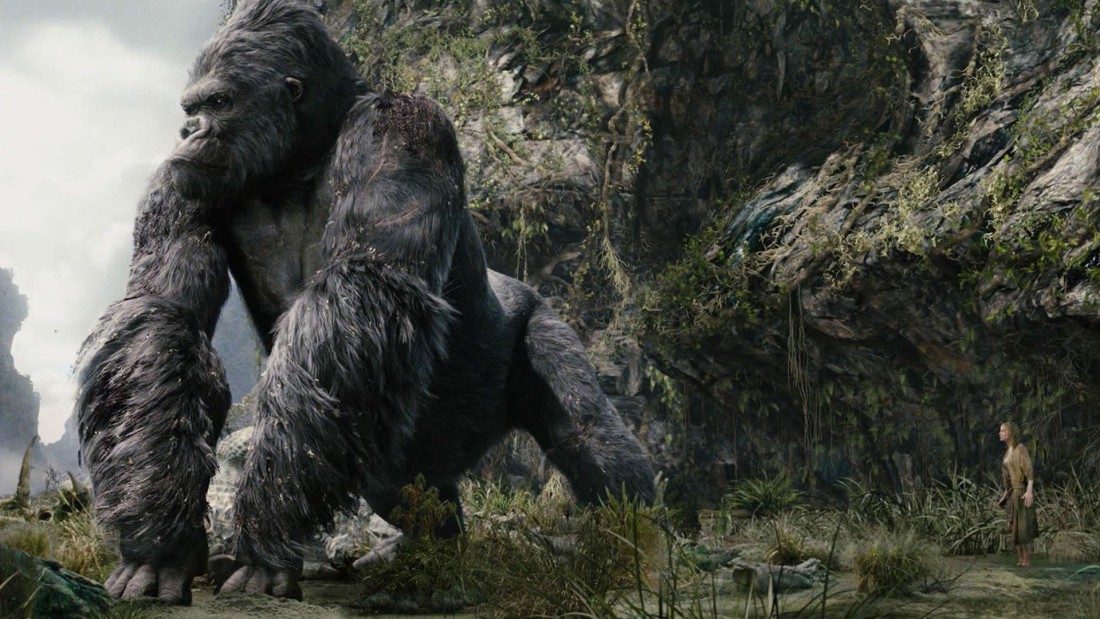

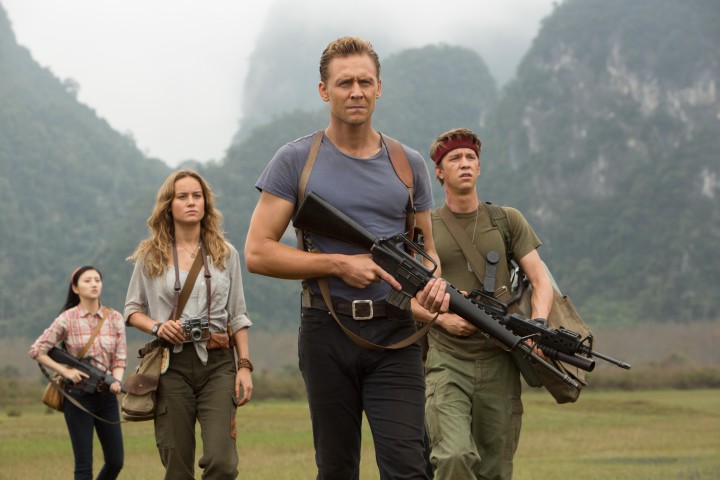
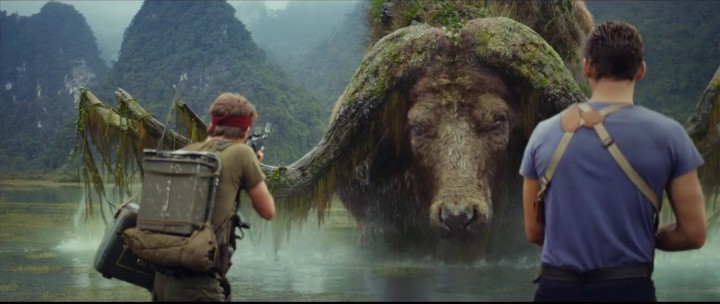
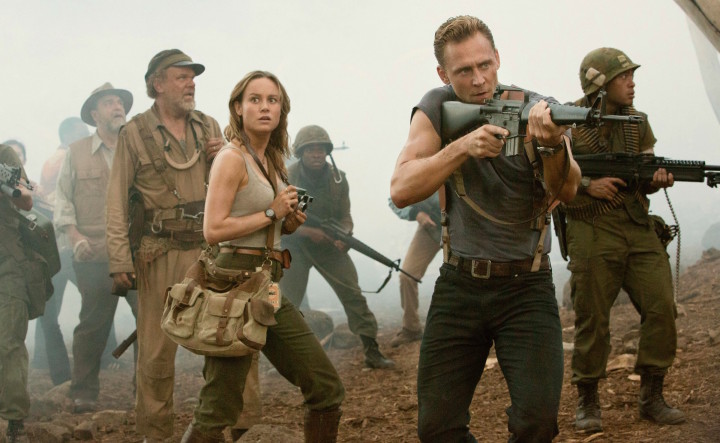
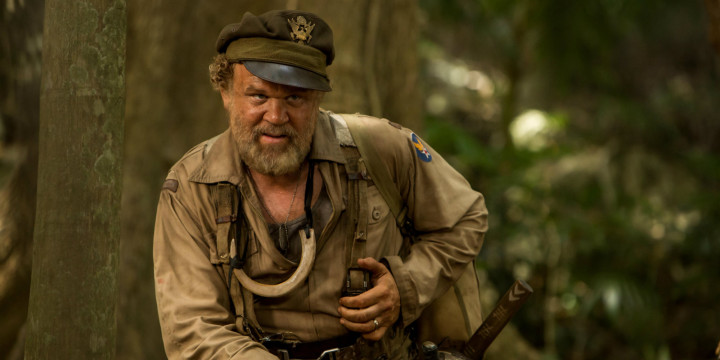
John C. Reilly is the “Kurtz-proxy, not Jackson. Who leads the helicopter attack in “Apocalypse” ? That’s the DuVall-proxy, Mr. Jackson. Of course, the director/writer has inverted the nature of the Kurtz proxy to make him one liked and respected by the natives of the island. The Brit seems to be a Marlow (of sorts). Then there’s “The Tempest”. . . .